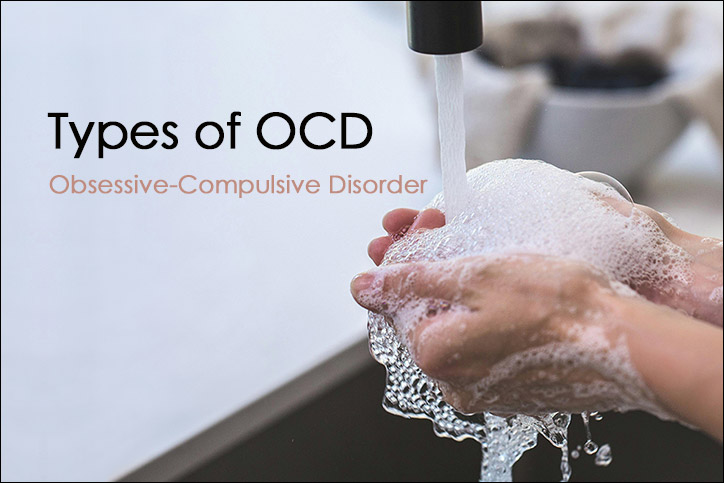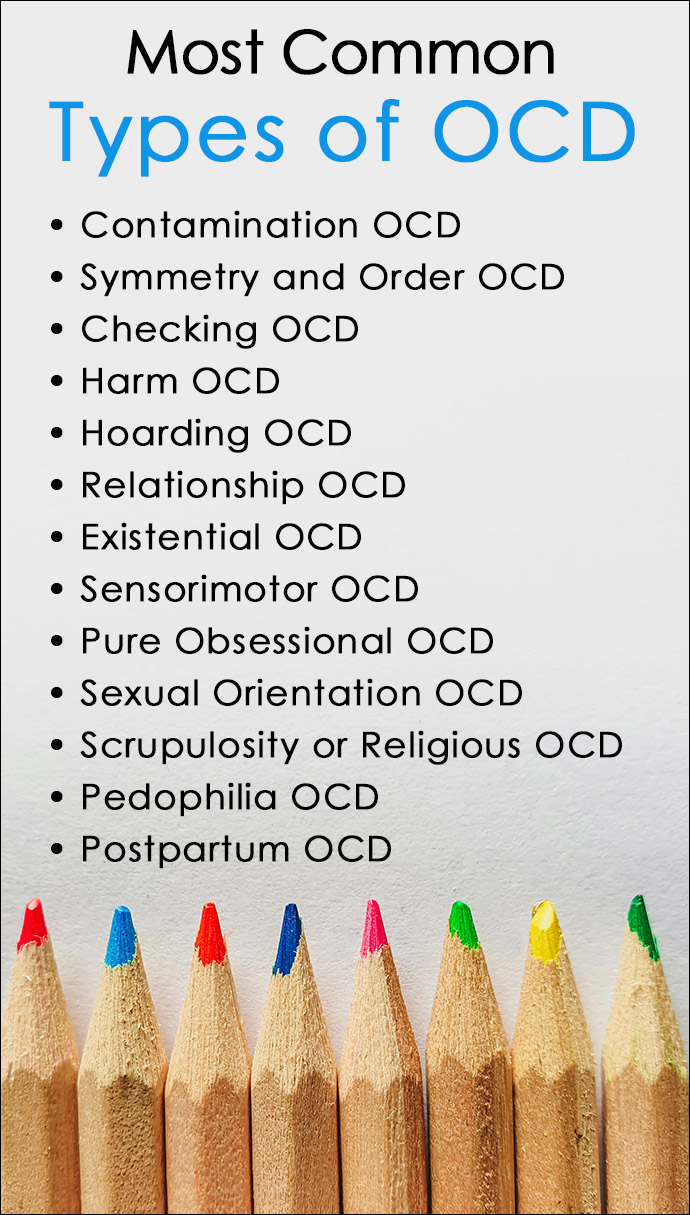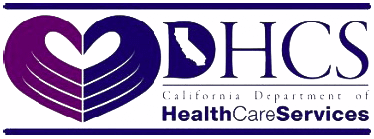Table of Contents
There are several common types of OCD, in addition to a number of sub-types of obsessive-compulsive disorder that can impact a person’s daily life and mental wellbeing.
The condition is marked by uncontrollable obsessive thoughts and compulsive behaviors that often cause significant stress and anxiety.
Some types of OCD overlap with other forms of mental health issues and there may be a link to addiction as a co-occurring disorder.
Treatment requires a proper assessment to identify the symptoms and appropriate therapies for each individual.
What is OCD?
Obsessive-Compulsive Disorder (OCD) is a mental health condition that affects approximately 2 to 3 percent of people in the United States and involves frequent obsessive thoughts, known as “obsessions,” and compulsive behaviors known as “compulsions.”
Obsessions are intrusive, negative thoughts or urges that cause stress and anxiety. Typical obsessions include fears of contamination, doubts about safety, and disturbing thoughts about violence or sexual acts.
Compulsions are repetitive behaviors that cause a person to act in ways to reduce or alleviate the impact of their obsessions. Common compulsions include excessively washing the hands, or repeatedly checking, counting, or rearranging words or things.
Previous versions of the Diagnostic and Statistical Manual of Mental Disorders (DSM) classified OCD as one of the main types of anxiety disorders.
In the most recent version of the DSM-5, OCD is now categorized as “Obsessive-Compulsive and Related Disorders.”
Even though it is not clinically considered an anxiety disorder by diagnosis, anxiety is a major feature or symptom of most common types of OCD.
What are the 4 Types of OCD?
OCD symptoms can vary widely for each individual based on the types of obsessions and the nature of their compulsions.
While there are more than 4 types of OCD and corresponding subtypes, many researchers and mental health professionals consider 4 to 6 main OCD types as the most common.
Common Types of OCD
- Contamination OCD
- Symmetry and Order OCD
- Checking OCD
- Harm OCD
- Pure Obsessional OCD (Pure O)
- Hoarding OCD
- Sexual Orientation OCD
- Scrupulosity or Religious OCD
- Relationship OCD
- Existential OCD
- Sensorimotor OCD
- Pedophilia OCD
- Postpartum OCD
While there are more OCD types than those listed above, they are all recognized as being classified as forms of Obsessive-Compulsive Disorder.
4 Common Types of OCD
Below are four of the most common types of OCD that people experience. The symptoms may overlap with other forms of OCD or mental health conditions, and it’s possible for them to change over time.
1. Contamination OCD
Contamination OCD is one of the most common and well-known types of OCD.
People who struggle with this type of OCD are often preoccupied with germs, dirt, or becoming contaminated by touching objects they perceive as dirty. This can lead to excessive handwashing, cleaning, and avoiding places or touching items they consider may be contaminated.
Individuals who experience Contamination OCD avoid using public restrooms, touching doorknobs or toilet seats, always carry hand sanitizer, and are preoccupied with constantly washing their hands.
Shaking hands with another person can cause great distress and people with Contamination OCD are obsessive about taking long showers to get clean and avoid germs.
2. Harm OCD
Harm OCD is characterized by intrusive thoughts about causing physical or emotional harm to oneself or others.
Overly obsessive thoughts about doing harm to family, friends, coworkers, or even pets can induce severe mental distress and may lead to checking behaviors or avoiding certain situations to prevent causing harm.
Harm OCD compulsions include seeking reassurance or engaging in mental rituals to ensure no harm is done.
3. Symmetry and Order OCD
Individuals who suffer with Symmetry and Order OCD have a constant need for symmetry, order, and perfection in their life.
They are obsessed with everything being organized in a specific way or in an exact location and they spend a considerable amount of time making sure things are perfect.
Examples include ensuring books on a shelf are perfectly straight or pencils on a desk are lined up in tidy rows, and if they are not, it causes intense anxiety and distress.
This compels a person to compulsively arrange or rearrange items to a precise location or order to avoid feeling nervous or anxious.
4. Checking OCD
Checking OCD is very similar to Harm OCD in that individuals have an obsession to repeatedly check and recheck items to verify they are correct and avoid causing harm.
This type of OCD involves persistent doubts and the need for constant reassurance.
People become obsessed with the fear of leaving doors unlocked or appliances turned on when they leave the house, so they are compulsively checking locks, stoves, lights, and car doors.
This form of OCD can be time consuming and has an impact on a person’s mental health as well as their work and social life.
Other Well-Known Types of OCD
Contamination, Harm, Symmetry, and Checking are 4 of the most common types of OCD, but there are other well-known forms that have as much of an impact on a person’s emotional health and daily life. These include:
Hoarding is a common type of OCD that drives people to buy, collect, and hoard items that often have no value or any reason to keep. The mere thought of discarding or getting rid of the items causes extreme emotional distress.
Postpartum OCD occurs after childbirth and involves a mother’s obsession with the health and safety of her baby and often leads to compulsively checking her baby’s breathing and an intense fear of causing harm to her child.
Relationship OCD causes an individual to have obsessive fears and doubts about a romantic relationship and requires compulsive reassurance from his or her partner that everything is okay.
The key similarities for all types of OCD include the presence of obsessions (intrusive thoughts and obsessively overthinking about a subject) and compulsions (repetitive behaviors and compulsively attempting to overcome the stress and anxiety caused by the obsession).
The obsessions and compulsions create distress and impairment of daily life and mental health. With proper treatment and support, individuals can learn to manage OCD and promote healthier thoughts and behaviors.
Frequently Asked Questions
How Many Types of OCD are There?
There is no known number of specific types or subtypes of OCD since it’s possible to have obsessions and compulsions about almost any subject. However, many healthcare sources group OCD into 4 to 6 main categories or clusters.
How do the Different Types of OCD Affect Mental Health?
Almost all forms of OCD cause a considerable amount of stress, anxiety, shame, or guilt, and can impact quality of life related to self-esteem, relationships, and work or school. Severe symptoms may lead to depression, anxiety disorders, and substance use addiction from using drugs or alcohol to cope with the symptoms.
How is Obsessive-Compulsive Disorder Diagnosed?
Obsessive-Compulsive Disorder is usually diagnosed through an assessment by a psychologist or psychiatrist according to guidelines in the DSM-5 based on a person’s symptoms, thoughts, and behaviors.
Obsessions and compulsions typically must cause significant distress and interfere with daily functioning for more than an hour each day.
What are Typical Treatments for OCD?
Cognitive Behavioral Therapy combined with Exposure and Response Prevention Therapy is an effective treatment approach for OCD to teach a person to identify their obsessions and learn ways to overcome unhealthy thinking and compulsive behavior.
Medication can be helpful for reducing the symptoms of anxiety, and newer treatments like PrTMS Therapy have shown promise for treating OCD symptoms.
Is There a Relationship Between OCD and Addiction?
It’s quite common for individuals with OCD to use substances like tobacco, alcohol marijuana, and other substances as a way to cope with obsessions. Self-medicating with drugs or alcohol may help temporarily, although it can lead to addiction over time and worsen OCD symptoms.




